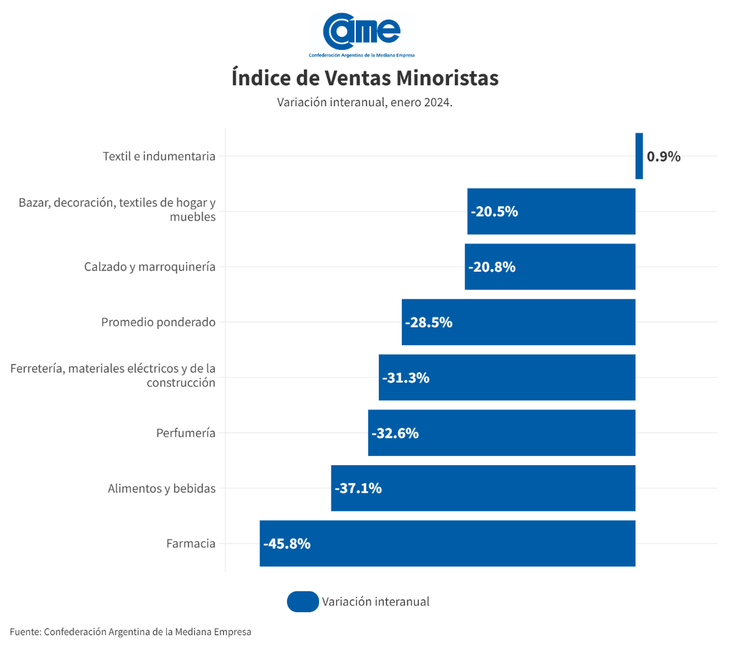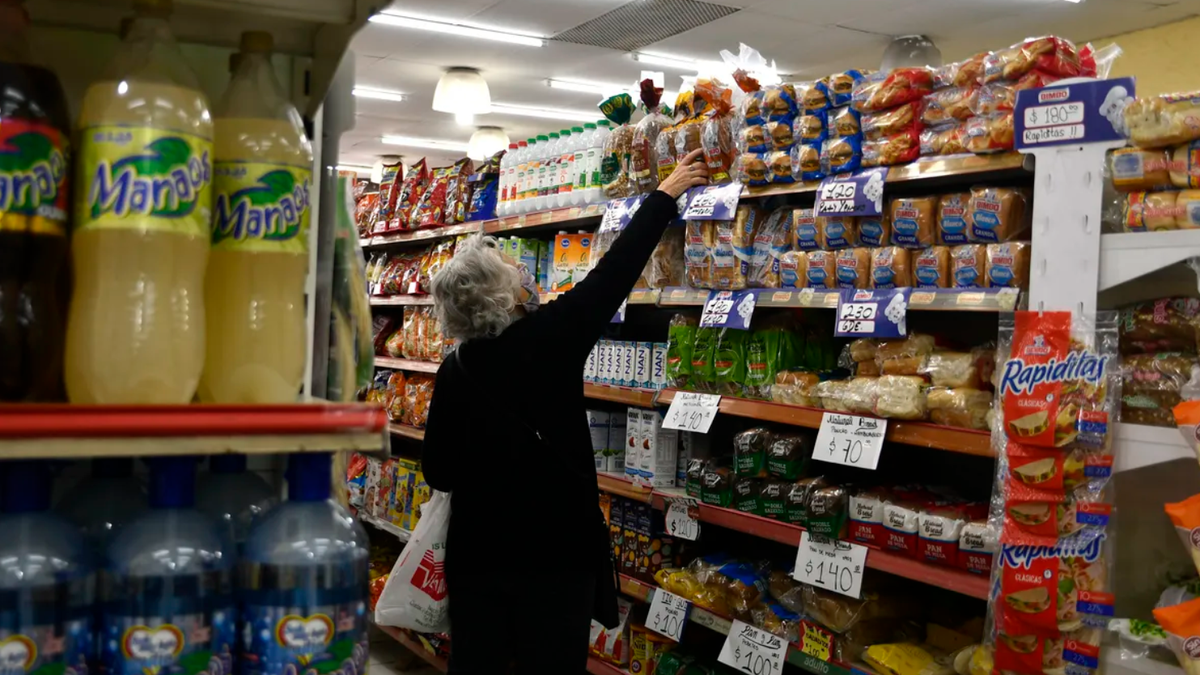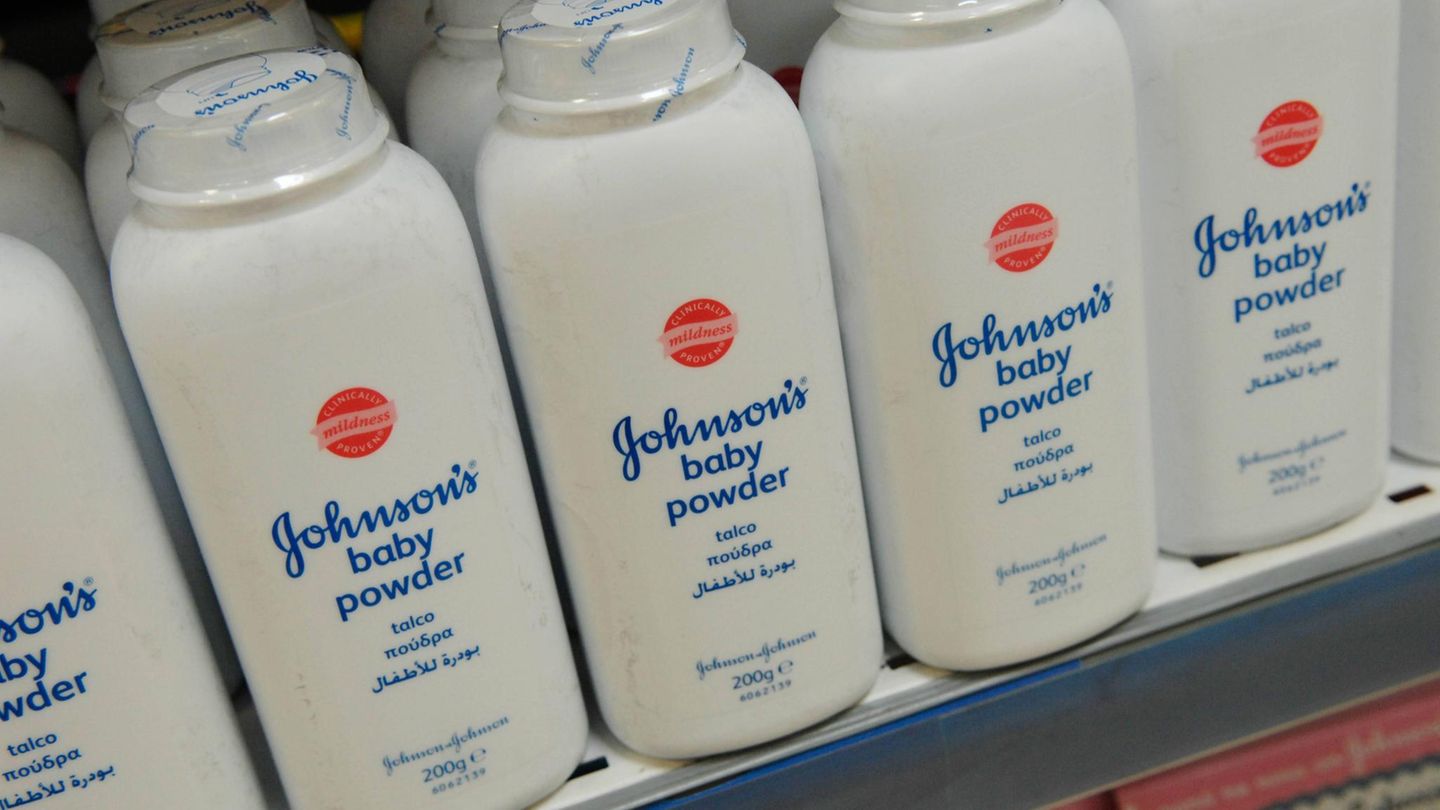In January 2024, the retail sales of small and medium-sized businesses experienced a significant decrease of 28.5% compared to the same period of the previous year, as measured at constant electricity prices. Argentine Confederation of Medium Enterprises (CAME). At a seasonally adjusted inter-monthly level, there was a decrease of 6.4%.
This beginning of the year was characterized by poor performance in the commercial sector, marked by few transactions and a low influx of public in the premises.
Despite this challenging scenario, the textile sector emerged as the exception, achieving an increase of 0.9% compared to January of the previous year (on that occasion it had registered a decrease of 14.4%), always considering constant prices. This increase is attributed to the combination of attractive offers and to the purchases made in large quantities by international tourists who visited Argentine cities.
Screenshot 2024-02-04 094736.png
“A lost month”: the opinion of SMEs on sales and the fall in consumption
In general terms, the businesses consulted agree that January was a lost month. Mainly due to the economic uncertainty and the pronounced increase in prices, which was not accompanied by an adjustment in wages. For the average consumer, everything was expensive, leading to a more careful selection of purchases, prioritizing the most urgent needs to protect income. However, there remains considerable postponed demand, and it is expected that part of it can be recovered during the month of February.
This arises from the SME Retail Sales Index of the Argentine Confederation of Medium Enterprises (CAME), prepared based on a monthly survey among 1,256 retail businesses in the country, carried out on February 1 and 2, 2024.
SME retail sales: sector-by-sector analysis
Six of the seven items surveyed in December were recordedn year-on-year drops in sales. The largest annual decline was detected in Pharmacies (-45.8%), followed by Food and Beverages (-37.1%). The only sector on the rise was Textile and Clothing (+0.9%).
unnamed.png

Food and drinks
Sales plummeted 37.1% in January compared to the previous year at constant prices, and registered a decline of 13.2% in the monthly comparison. It was a month of very little sale, where even the highest-income sectors turned to second and third brand products. The businesses commented that they received weekly increases of between 5% and 10% that, when passed on to the consumer directly, slowed down sales. However, it is expected that, from February, once people get used to the new values, The sale resumes its usual rhythm.
Bazaar, decoration, home textiles and furniture
Sales fell 20.5% annually in January at constant prices and 5.4% in the monthly comparison. The stores in the sector felt the loss of family income, despite the fact that an attempt was made not to transfer the entire wholesale increase to the amounts. People bought things of very low value, which in units sold would give a minor drop, but which in billing was felt significantly. In the summer resorts, demand was very low, and it is where business unrest could be observed most in the survey.
Footwear and leather goods
There was a decrease of 20.8% annually, at constant prices and of 7.1% against December. The businesses put everything possible into liquidation, but The client did not allow himself to be tempted. Very low-priced footwear came out, mainly for the beach and some classic semi-formal footwear. Sports shoes, due to their high values, were the most postponed of the month. However, measured stores are confident that sales will return from February, when activities resume.
Pharmacy
Sales plummeted 45.8% annually in January, at constant prices and 7.9% in the month-on-month comparison. Was a bad month for pharmacieswho were left with a flow ofe important stock in the face of the drastic drop in sales. Some businessmen consulted pointed out that the January figures look like a month where no one got sick. But the vision changes when we look at the component of that decline, where the most affected item was Personal Care.
Perfumery
There was a decrease of 32.6% annually in January, at constant prices, and of 7.8% in the month-on-month balance. From the perfumeries surveyed they pointed out that very few people entered the businesses andthis month, not even to consult. What saved the sale were some large purchases, which, contrary to the general trend, suddenly appeared, especially in imported creams and perfumes.
Hardware, electrical materials and construction materials
Sales sank 31.3% annually, always at constant prices, and 7.3% month-on-month. It was one of the hardest hit branches, which also received the impact from the abrupt stop to public works and private construction. The businessmen surveyed indicated that people were deeply in debt after the holidays and canceled small projects planned at home.
Textile and clothing
Sales rose 0.9% annually in January, at constant prices, although they fell 2.8% monthly. It was the only item on the rise, which was surprising given the general context. It’s that many people I had postponed purchases for January, waiting for settlements, and that contributed to the month not being as bad as in other sectors. The stores consulted stated that they sold very little, but the month ended up being saved by some high-value purchases that occurred from time to time, mainly from international visitors. The informal sale was a constant protest by the merchants.
Source: Ambito




